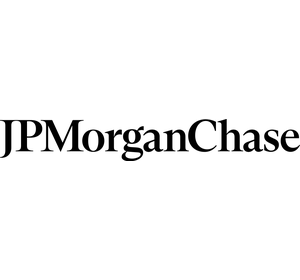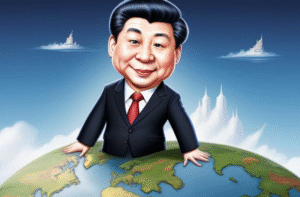$LVHM $PRDS #LuxuryMarket #Investing #StockMarket #EconomicRecovery #RetailSector #MarketTrends #InvestorInsights #FinanceNews #LuxuryGoods #EconomicGrowth
What Are the Four Major Challenges Facing Luxury Shopper Recovery? Discover How They Impact Your Investments!
In recent developments in the luxury market, stocks such as LVMH and Prada saw a noticeable uptick last Friday. Investors are showing renewed confidence, signaling potential recovery signs in the luxury sector. This resurgence in investor interest aligns with the latest updates in luxury news, suggesting a budding optimism among stakeholders about overcoming prevailing market challenges.
Understanding the Resilience of the Luxury Sector
Despite the positive momentum, the path to recovery for luxury brands isn’t devoid of hurdles. The sector faces significant challenges that could shape its trajectory in the coming months. Recognizing these obstacles is crucial for investors who are navigating this volatile segment of the market.
1. Economic Slowdown and Consumer Spending
Firstly, the global economic slowdown poses a substantial threat. As economies wobble under various pressures, discretionary spending, especially on luxury items, tends to take a hit. This reduced spending power directly impacts luxury sales, making economic stability a pivotal factor for the sector’s recovery.
2. Changing Consumer Preferences
Secondly, there’s a shift in consumer behavior and preferences. Today’s consumers are increasingly drawn to experiences over possessions and are more conscious of sustainability issues. Luxury brands must adapt to these changing demands by innovating their offerings and aligning more closely with the values of modern consumers.
3. Digital Transformation Challenges
The third challenge is the digital transformation. While many luxury brands have embraced online retailing, the transition hasn’t been seamless for all. Establishing a strong digital presence requires significant investment and a deep understanding of digital marketing and e-commerce dynamics, areas where traditional luxury retailers have struggled.
4. Geopolitical Tensions and Market Access
Lastly, geopolitical tensions continue to affect market access and supply chains. Issues such as trade wars, tariffs, and political instability in key markets can disrupt operations and affect sales, posing a persistent risk to global luxury brands.
Strategic Insights for Investors
For investors, understanding these challenges is vital for making informed decisions. These factors not only affect the market dynamics but also influence the strategic direction of luxury companies. Staying updated with the latest in luxury stock news can provide critical insights into how these companies are navigating the complex landscape.
Conclusion: Navigating a Complex Landscape
As the luxury sector seeks to rebound, the interplay of these challenges will determine its success. For investors, keeping a pulse on developments within this sector and adapting investment strategies accordingly is essential. Monitoring the performance of key players like LVMH and Prada will offer valuable clues into the broader health of the luxury market.
In conclusion, while the luxury market shows signs of recovery, the road ahead is fraught with challenges that require careful consideration. Investors should remain vigilant, adapting to the evolving market conditions to optimize their investment outcomes in this unpredictable yet potentially rewarding sector.











Comments are closed.